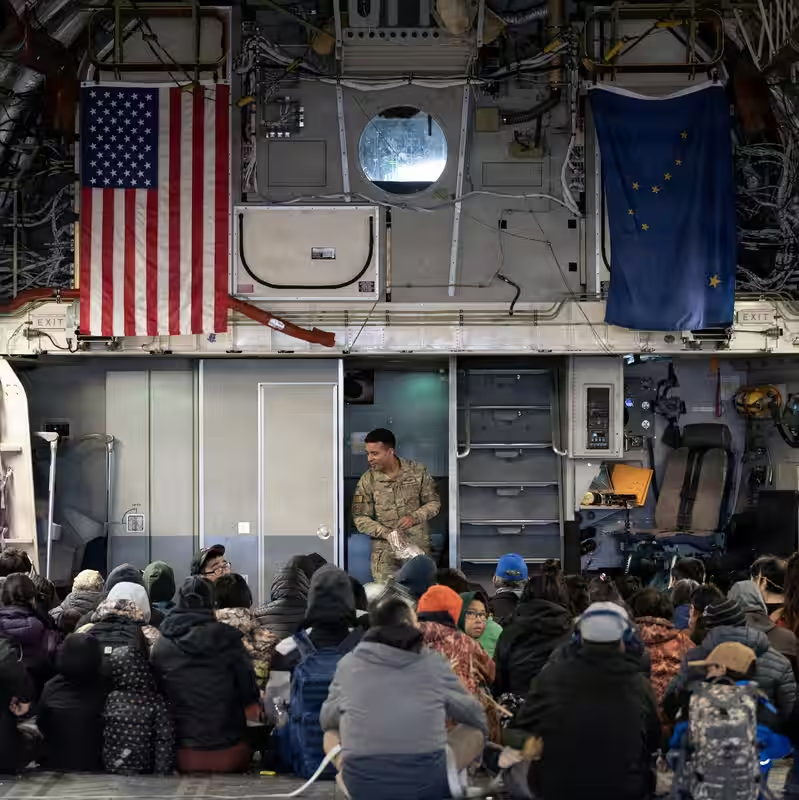Alaska Storm evacuees are facing a heartbreaking reality: their homes have been wiped off the map, and a return is nowhere on the horizon. After a catastrophic storm system, fueled by the remnants of ex-Typhoon Halong, slammed into Western Alaska last weekend, entire communities have been displaced, with hundreds now living in emergency shelters in Anchorage .
Table of Contents
- The Scale of the Devastation
- Life in an Anchorage Shelter
- The Long, Uncertain Road to Recovery
- How You Can Help
- Sources
The Scale of the Devastation
The storm that hit on October 12, 2025, was a monster. It brought hurricane-force winds of 70–90 mph and a storm surge of up to 10 feet, inundating low-lying coastal villages in the Yukon-Kuskokwim Delta . Satellite imagery reveals a landscape transformed, with homes swept away and infrastructure reduced to rubble .
With many of these remote communities accessible only by air or sea, the damage is not just physical but existential. The flooding has severed their connection to a way of life that has existed for generations .
Life in an Anchorage Shelter
For over 575 evacuees who have already been airlifted—and with as many as 1,600 expected to arrive—Anchorage has become a city of refuge . The municipality has mobilized quickly, setting up four main shelters to house the influx of displaced families .
For many, the transition is jarring. They’ve gone from small, tight-knit villages to a bustling urban center, a completely different world. The simple routines of home—fishing, gathering, community gatherings—are now impossible dreams.
“We left with just the clothes on our backs,” said one evacuee. “Now, we’re in a gymnasium with strangers. Home is just gone.”
The Long, Uncertain Road to Recovery
The path forward is shrouded in uncertainty. Rebuilding in the delta region is a monumental challenge due to its remoteness and lack of road infrastructure . For some communities, a full return may not be feasible, raising the specter of permanent displacement—a climate-driven migration that is becoming all too common.
State and municipal officials are coordinating a massive relief effort, but the immediate focus is on providing basic necessities: food, warmth, and a sense of stability for traumatized families .
How You Can Help
If you’d like to support the evacuees, consider donating to the following organizations:




